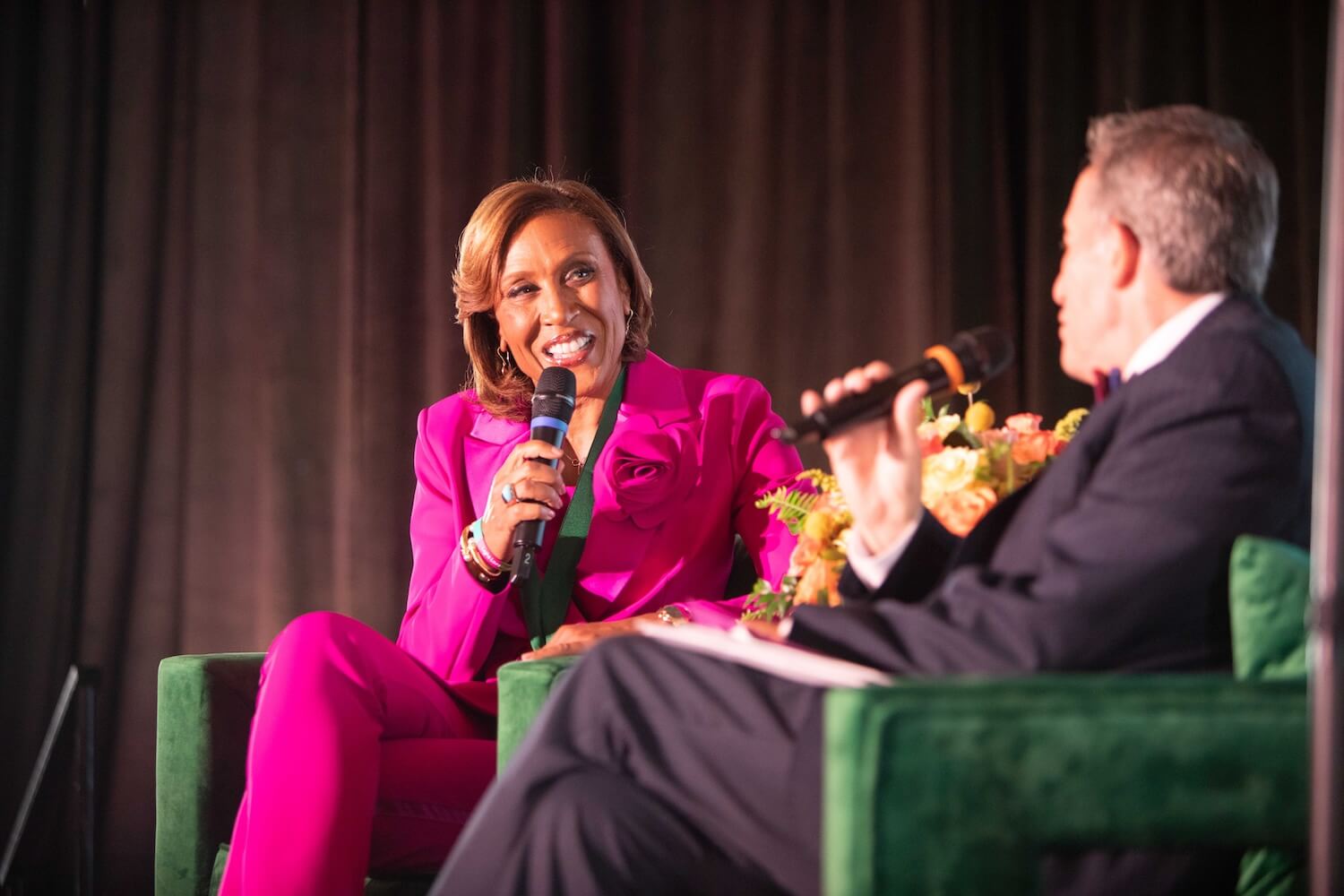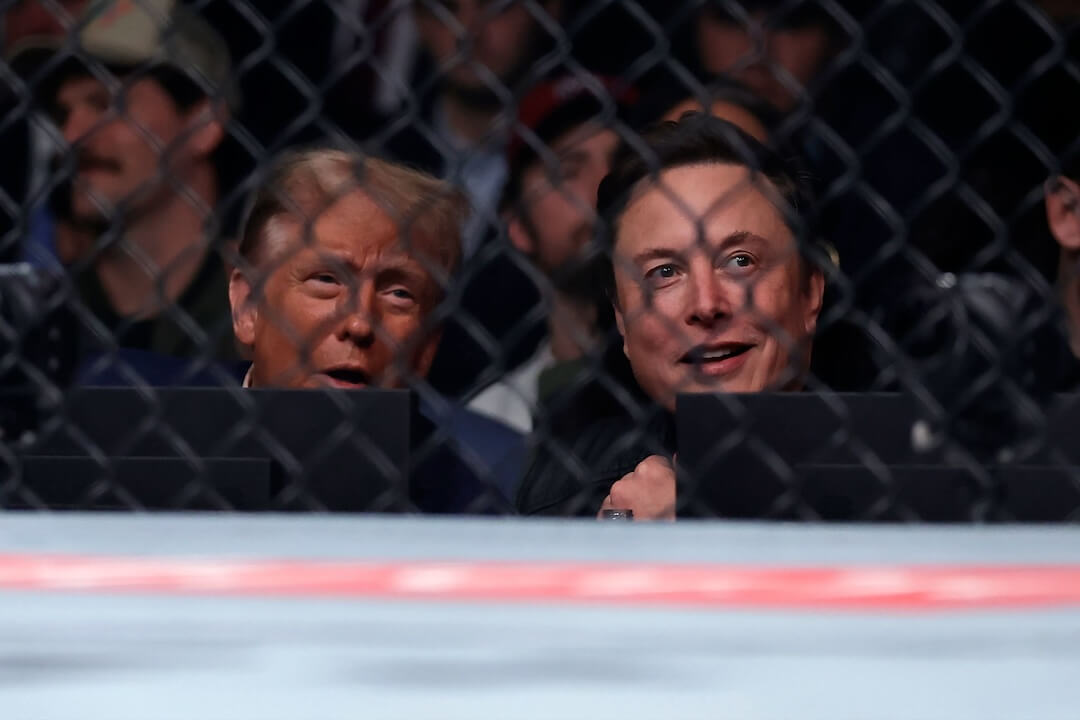This information was originally prepared for a Poynter Institute seminar, “Training the Trainers,” held Oct. 8, 1997 in San Diego, Calif., and may not be republished without attribution to the author and to the Poynter Institute. It is based on the author’s experience as a supervisor, trainer, critic and mentor of copy editors who design at the St. Petersburg Times and other papers.]


This is a seven-part web document encompassing the following topics:

1. Introduction, including a look at the goals of the copy editor who does layout and some goals of the trainer and how they conflict

2. In my ‘ideal newsroom’ …

3. Questions the trainer should ponder (and possibly ask) when reviewing the copy editor’s layouts:

4. Characteristics of a good trainer

5. A few things the copy editor deserves to understand about graphic design fundamentals

6. Resources and ideas for the trainer

7. Advice for cynics

|
|
By Ron Reason
Director of Visual Journalism, The Poynter Institute

PART I: INTRODUCTION

Ever wonder why it’s so hard to train and sometimes communicate with editors who design newspaper pages? Could it be, perhaps, that designers, art directors, and editors often speak different languages, and were trained to think, work and interact differently?
 To begin this conversation, let’s assume … To begin this conversation, let’s assume …
That “training” encompasses coaching/critiquing/ mentoring/teaching, and “trainer” is the person who performs those duties, whether he holds the title of art director, design editor, news editor, AME, or whatever.
That “copy editor” also refers to news editors, paginators, or other job roles that involve both editing and layout of the newspaper, for either news or features sections.
That everyone’s work in the newspaper deserves to have a “second eye.” Just as the City Hall reporter’s work is edited by the city editor, so should all open display layouts be reviewed by a supervisor before publication. This person may vary in each newsroom. In some newsrooms this may be the copy chief, but in others it may be the art director.
That trainers who were formally educated in the graphic arts may naturally speak a different language than copy editors, who likely have studied journalism or liberal arts.
That trainers who were formally educated in journalism may lack the sufficient graphic design knowledge (or vocabulary) to articulate why a design “works,” or doesn’t.
That few newsrooms are adequately equipped, through staffing, expertise, structure or process, to provide adequate training of the design skills of copy editors.
That the inadequacy of training is more apparent at newspapers where copy editors have more freedom in design, and more leeway to interpret design rules; i.e., papers where copy editors do most of the display features design, create “art heads,” etc.
That honesty is a critical element of the training dialogue: honesty about what’s important to portray visually in the paper and about what’s important to the career development of the copy editor.
That the trainer and copy editor often have different, and sometimes conflicting goals, as follows:

 A. What are some goals of the copy editor who does layout? A. What are some goals of the copy editor who does layout?
To tell stories through inviting headlines and clean copy and designs; to do good journalism
To have fun (sometimes through “playful” use of type, color, architecture, Mac techniques, etc.)
To get noticed personally and to create page designs that stand out from the crowd
To grow as a journalist/ communicator; to advance in his career (perhaps to leave the night side for a day job in features layout)
Perhaps to win SND or other awards (often through imitation, sometimes using inappropriate style or execution)
Sometimes, just to get the paper out, or to get a paycheck! (The reality is you will likely have some copy editors who just are not naturally skilled at layout, and some editors who simply don’t enjoy it.)

 B. What are some goals of the trainer? B. What are some goals of the trainer?
To be a good boss; to provide guidance; to be respected by those she trains
To be regarded by her own bosses as a good manager, to run things smoothly, to advance in her career
To promote design consistency throughout the paper
To have fun
To foster creativity, at least in certain segments of the paper
To assert her authority or opinion; to put her stamp on a page
To get the paper out!

For discussion or contemplation: How do these sets of priorities sometimes conflict?
|
![]()





